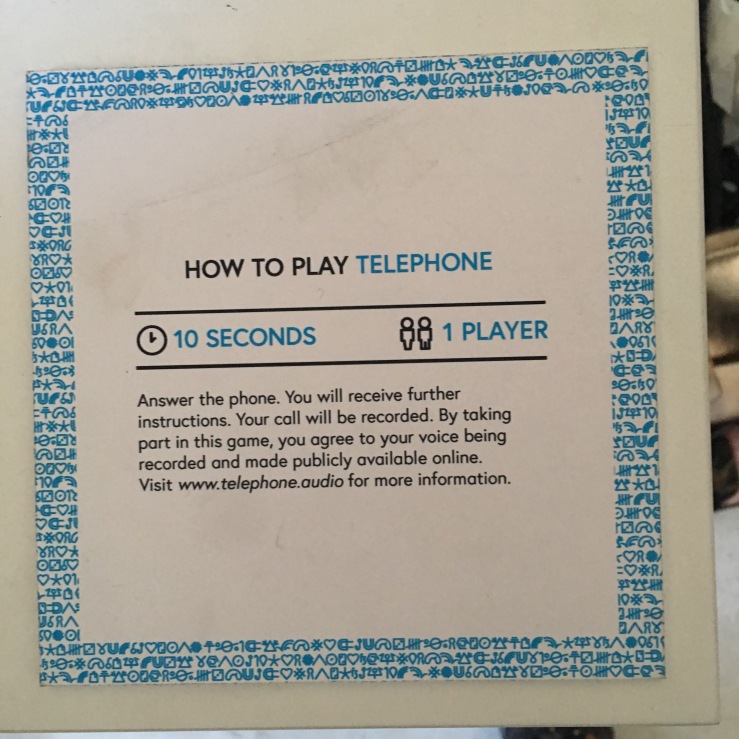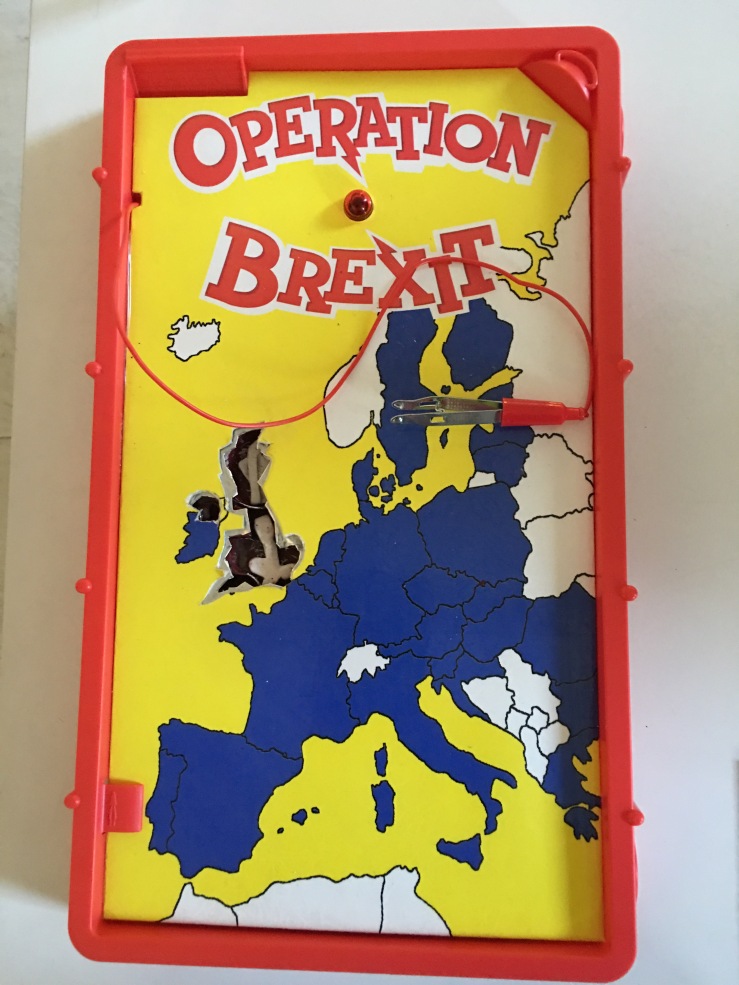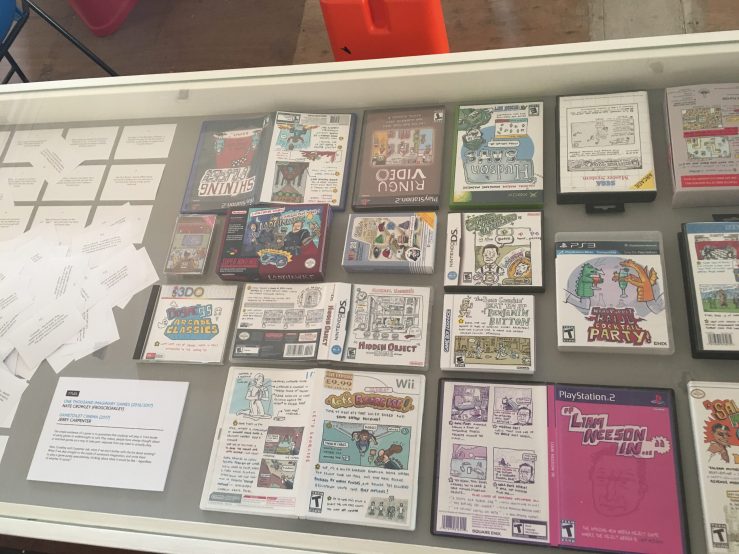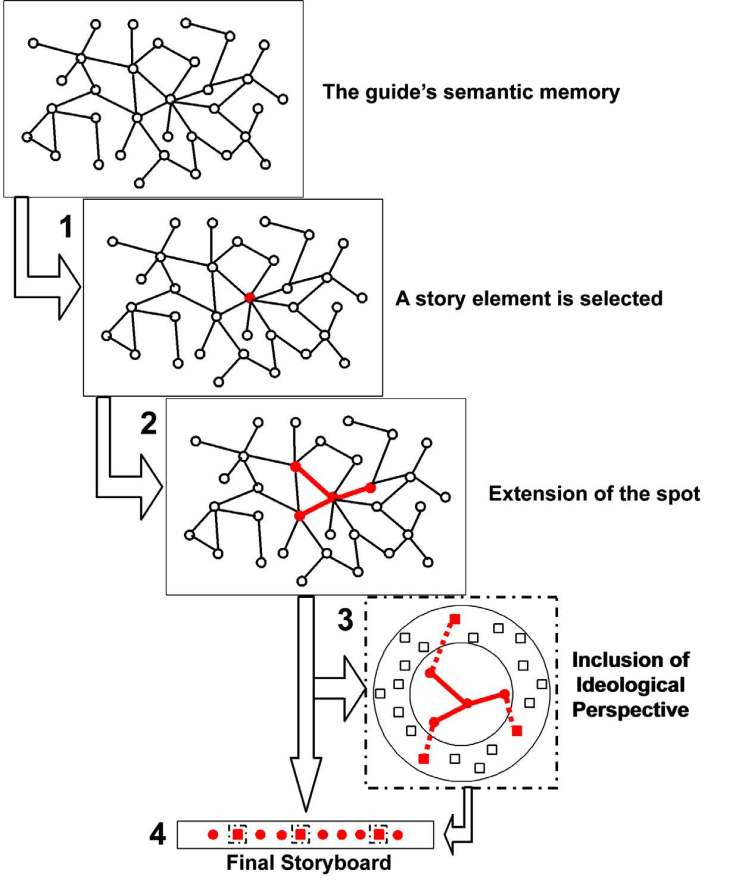I’m thinking today about what I’m asking of volunteers for my Chawton Untours project. I’m starting a little, but not too, late. From a critical path point of view, I’d have been better to get this started a couple of weeks ago, but given that would have been right in the middle of the Easter break for the university, when most of the undergrad body were away, I’ve not lost too much by putting out the call now.
First of all, how many do I need? One is tempted to say “I’ll make do with however many I get,” but lets think about what would be ideal. I hope to run this at Chawton for a week, in order to capture a decent sample of visitors. The house is not open on Saturdays, so we might actually only be looking at six days. At any one time I’d prefer to have three Unguides operating at the same time. Part of the experiment is to explore how two or more parties in the same space with different story needs would negotiate who gets priority. You can’t do that if you don’t have two or more parties in operation at the same time. I need volunteers on week days between 12 noon and 4.30 pm. That’s not too onerous. But on Sundays, I’d need them between 11 and 5. Lets assume right now that not every Sunday volunteer will want to do all day, in which case we need two shifts of volunteers. If each volunteer only wants to do it once, that’s fifteen for the weekdays, and six for Sunday. Twenty-one. Yikes!
But that’s not all, I’d like an observer as well, recording both participant and Unguide behaviours, so lets add one of those per day, and we’re up to 27. And ideally I’d like another volunteer each day to handle the welcome, explanation and paperwork, another six then, making the total 33. Double yikes!
But as I said, that’s the ideal. I can make do with less if need be… I do want to try for five people on each day, but I could get away with fewer, even reducing the number of days of operation if its tough. Given the short term nature of the project I’ll put all the dates in and ask people to state which they might be available for when they express an interest.
So, what’s in it for the volunteers?
- You get to work in the lovely surroundings of Chawton House, so much in the heart of Jane Austen Country, that she used to live next door (OK, not quite next door).
- You get experience of working with the public in the heritage sector (so I ought to bring this to attention of tourism and leisure students too).
- You get to explore and extend the idea of adaptive narrative (this one for the ECS students)
- Lunch will be provided on the activity days.
And what do I need?
- I’m looking for people with emotional energy, confident with speaking to the public
- Knowledge of the site is not a requirement, the adaptive script will provide everything you need to say
- A reasonably up-to-date smartphone or tablet is required. The adaptive script will be delivered via Chawton’s wi-fi through your mobile device’s browser (any mobile operating system should work, but Android and Windows devices will benefit from DLNA connectivity)
- Ability to climb stairs will be needed, although there is a role that can be static, based on the ground floor.
- Availability on one of more of Sunday 4th, Monday 5th, Tuesday 6th, Wednesday 7th, Thursday 8, or Friday 9th is required.
- There may be one or two opportunities for training on before Sunday 4th, on dates and in locations to be agreed.
- The project is at Chawton House library, in Chawton, near Alton. Access to your own transport will be an advantage.
So, I just need to put all that on a flyer.





